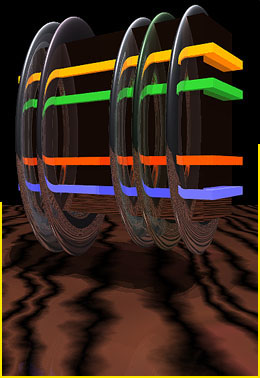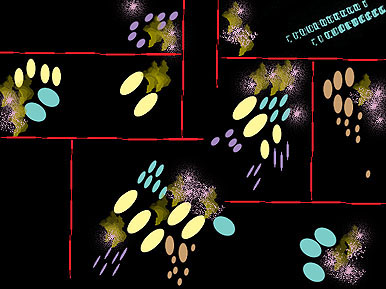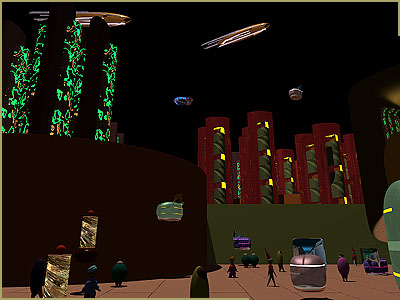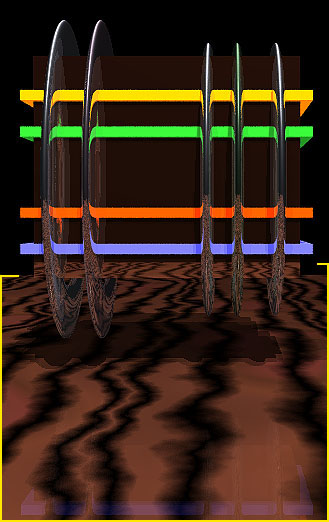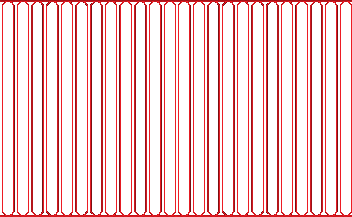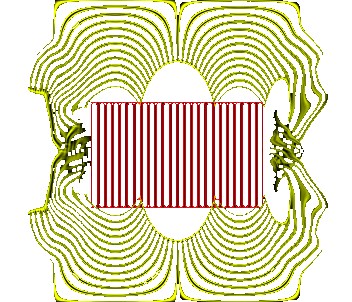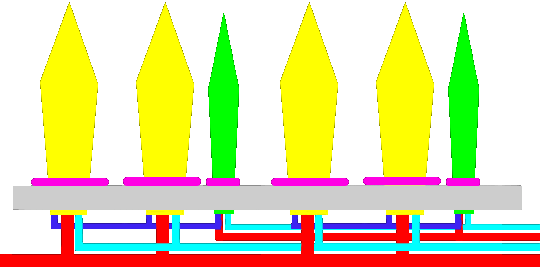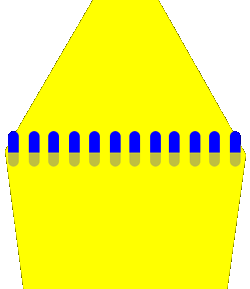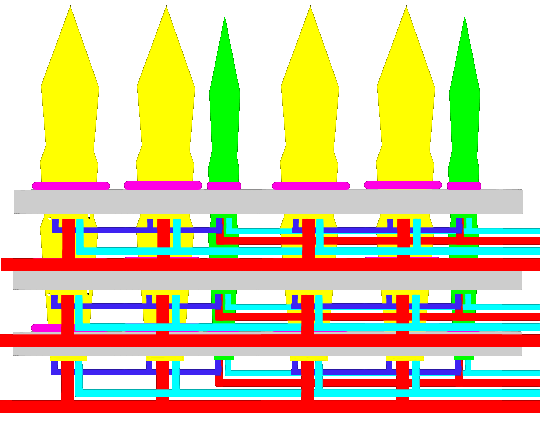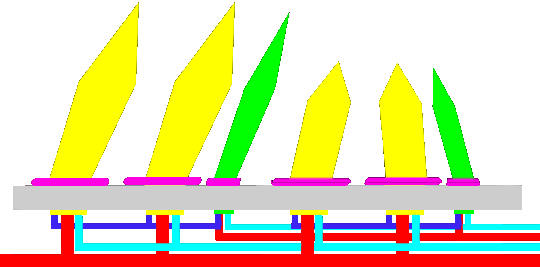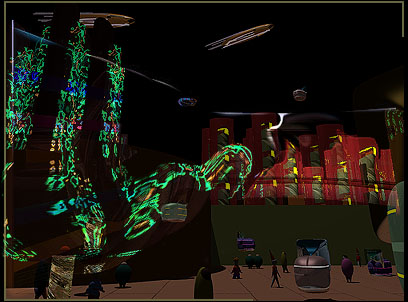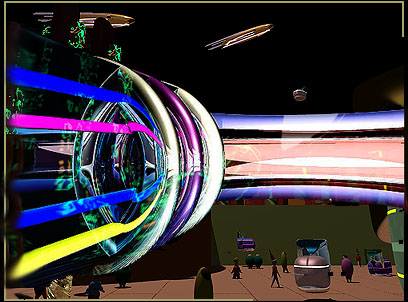Rings
model hooks are among the oldest still in use. Some declare them outrageously
and unnecessarily complex. Whatever the truth of that, they are undisputedly
steady and solid performers.
This
basic form accommodates several power sources. Such efficiency facilitiates
power conservation and upgrades.
When
you open it, this is what you find:

It
also contains the program receiver and navigation nodes, of course.
Here
you see the central section stripped of the 2 hooks which store, protect and
display the dataload. The central section seats the power source and distribution
manager.
In
models using electromagnetic fields, the rings serve as field generating coils.
Their cores are tightly wrapped processions of conductors which spin at high
speed.
Models
utilizing subatomic particle exchange stacks are centered in the 4 colored
bars where the stacks are contained.
Units
powered by acid-base flux reversals add a subunit containing clustered chemical
concentrates inside the main box.
Colonies
with documented lineages provide cheap and steady fuel flow and never corrode
or in other ways foul the power complex.
Usually
the subelement arrives from the colony properly populated and fully assembled
and requires only to be set into the power chain.
Here's
a schematic of a portion of the numerous feeding stalls. Mazelike stalls cover
platforms which are stacked inside a containment subelement.
Archaic
models powered by compression and combustion of vapors utilized sliding rings
as pistons and mixed fuels in the colored bars.
Both
these power sources frequently use bacteria as a fuel production source.
Fuel
producing colonies specialize in consumption of different substances. Most
common are minerals though some fungi are accepted.
Bacteria
key :

Bacteria
excrete ions which enter the power flow.
And
a note on survival:
Units bearing controversial or in other ways sensitive, supervaluable dataloads
are created with an unusual range of colors and texturing. Any use of this
defensive patterning requires a highly skilled assembler. The best occult
and camouflage assemblers specialize in this. The complexities of patterning
and fluctuation must be instantly responsive to velocity and trajectory and
to the full range of all internal and external cameras and sensors.
A
particle exchange segment with attachment prongs at each end, schematic view.
Joined
together with the prongs many segments form an exchange level. 5-6 levels
are stacked inside each bar.
Schematic
showing ion pathways as they move between anode and cathode supplying energy
to the comm unit as they move.
When
the food allotment has been consumed the subelements are removed and returned
to the colony where the residents are rotated into different environments.
This prevents boredom and increases appetite.
Propulsion
systems have been known to fascinate and obsess assemblers.
As
anyone with any sense knows: it's easy to succumb.
schematics:
standard
preassembled segment
cutaway
side view
Segments
can be joined into a number of modular configurations. Platforms, tiers, and
alternating ranks are favorites.
schematic
illustrating thruster nozzle subunits' ability to alter orientation on multiple
axes.
This
movement is in addition to the refinements provided by the terminus of each
jet in the ring.
Each
blue jet terminates in an iris valve which fine tunes emission flow, velocity,
and direction.
 = primary
thruster nozzles
= primary
thruster nozzles
 =
secondary thruster nozzles
=
secondary thruster nozzles
 = secure flex collars
= secure flex collars
 = comm unit surface
= comm unit surface
 = fuel supply conduits
= fuel supply conduits
 = communications conduits
= communications conduits
 = conduits linking secondary
to primary nozzles.
= conduits linking secondary
to primary nozzles.
Primary
nozzles hold rings emitting powerful jets. Secondary nozzles continually assess
their primaries and alter their performance to perfectly match the Program
Receiver's commands.
Flex
collars maintain segment integrity while permitting nozzles orientation freedom.
mycobacillus
regina
saccharida
glauca
semper
borealis
semperissima
borealis
rodirens
aurens
marina
extrema
pinna
profundis
mater
humungous
tinnata
vibrata
An
occult unit crossing Tower Sector obeys a command to drop camouflage. Images
recorded via an internal camera.
